When asked, Americans overwhelmingly say they value homeownership and believe it increases financial stability. In fact, one recent survey found 93 percent of respondents said they felt that homeownership was an important part of the American dream. Still, despite their desire to buy and own a home, many Americans hesitate before pursuing their dream of becoming homeowners. And while there are many reasons for this, one of them is misconceptions about the home buying process. NeighborWorks America’s fifth annual national housing survey, for example, found a growing number of respondents who say the home buying process is confusing. According to the results, 74 percent of adults said they strongly or somewhat agree that “the home buying process is complicated.” That’s up from 67 percent last year. What accounts for the increase is anybody’s guess but it reinforces the fact that prospective buyers should make choosing a reputable lender and real estate agent among the first steps they take after deciding to buy a home. Working with experienced professionals will demystify the buying process and help you navigate the ins-and-outs of purchasing a house. More here.



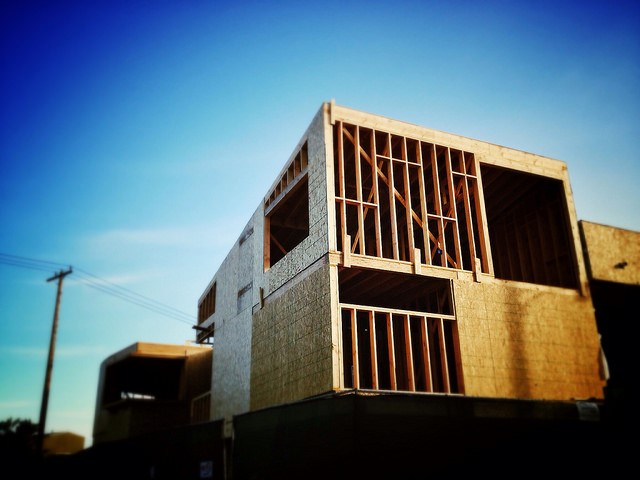
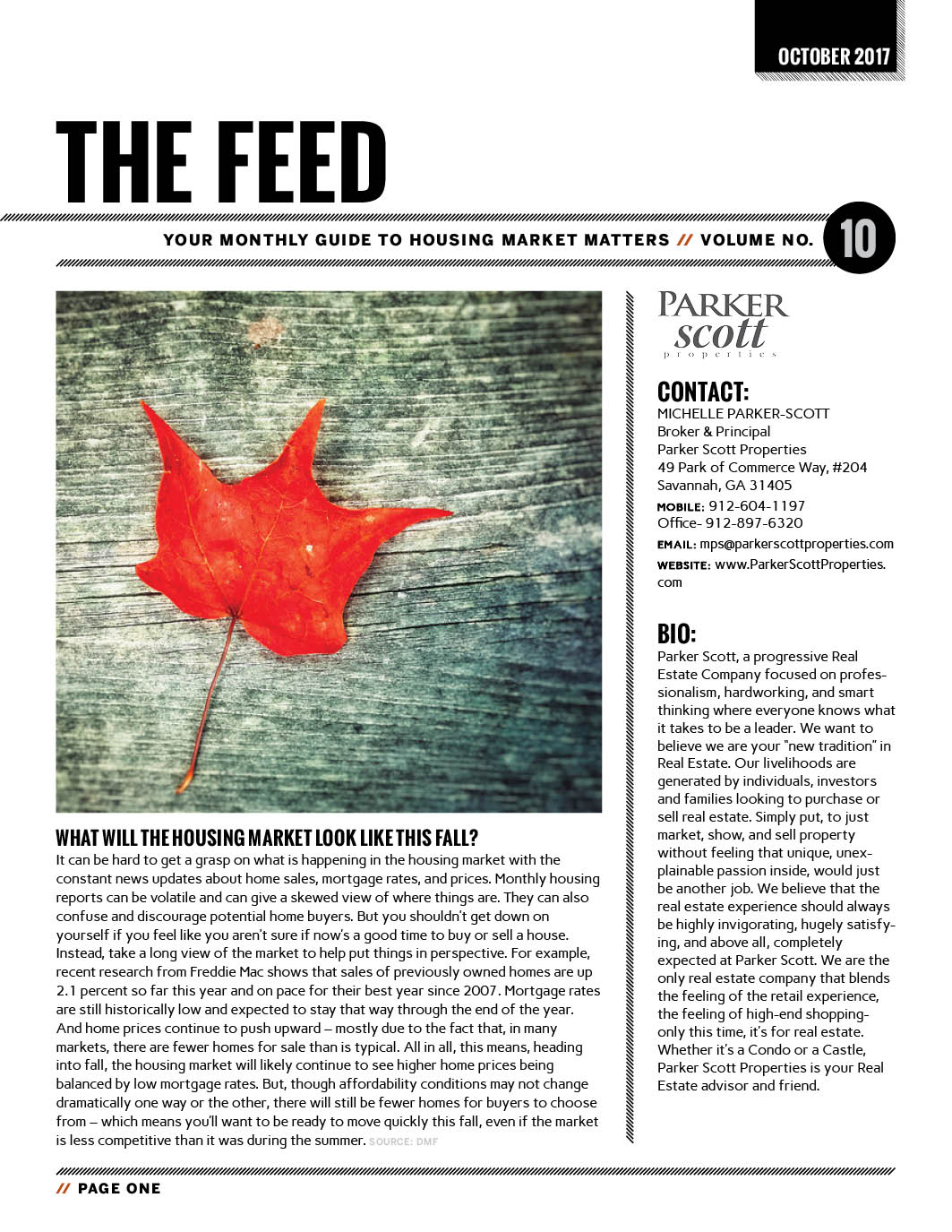
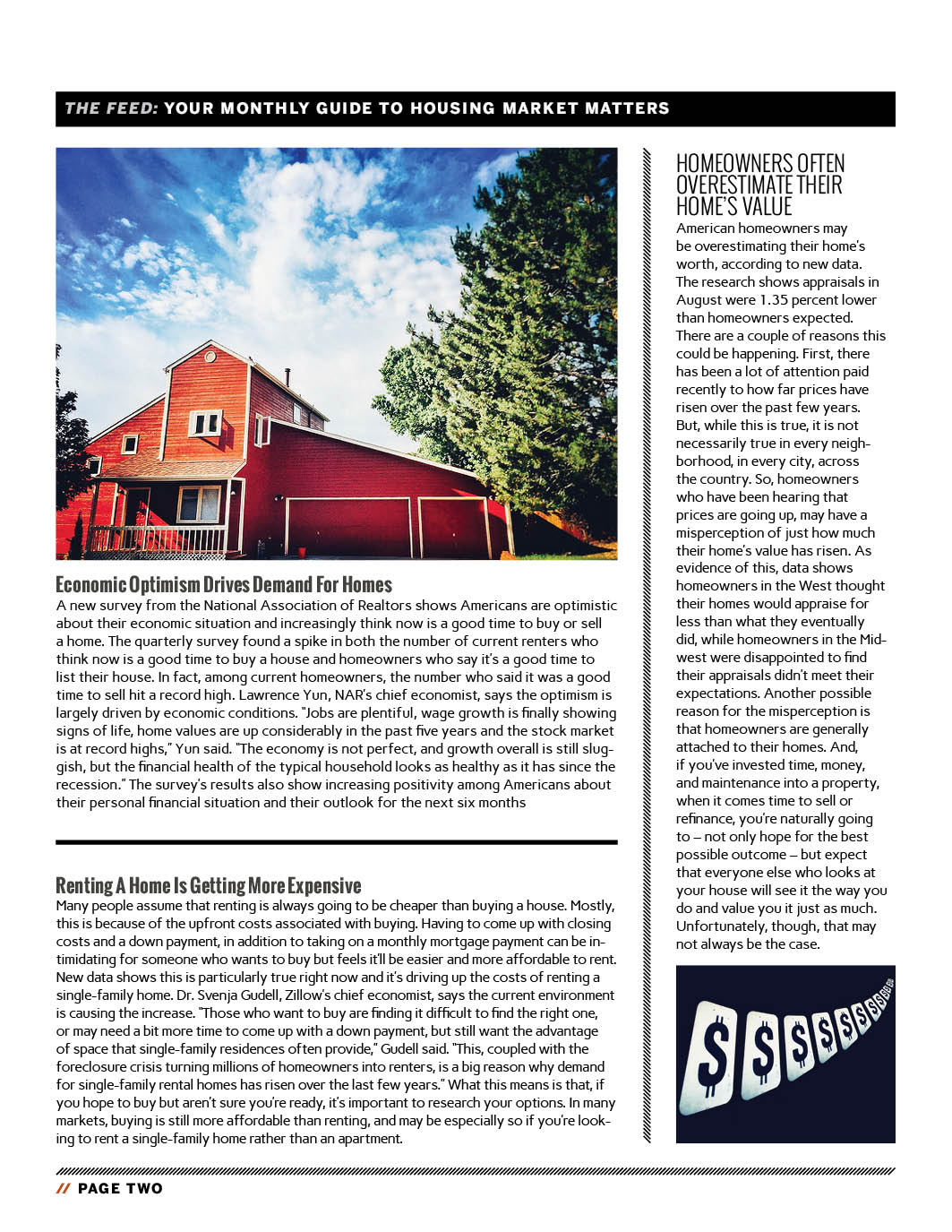
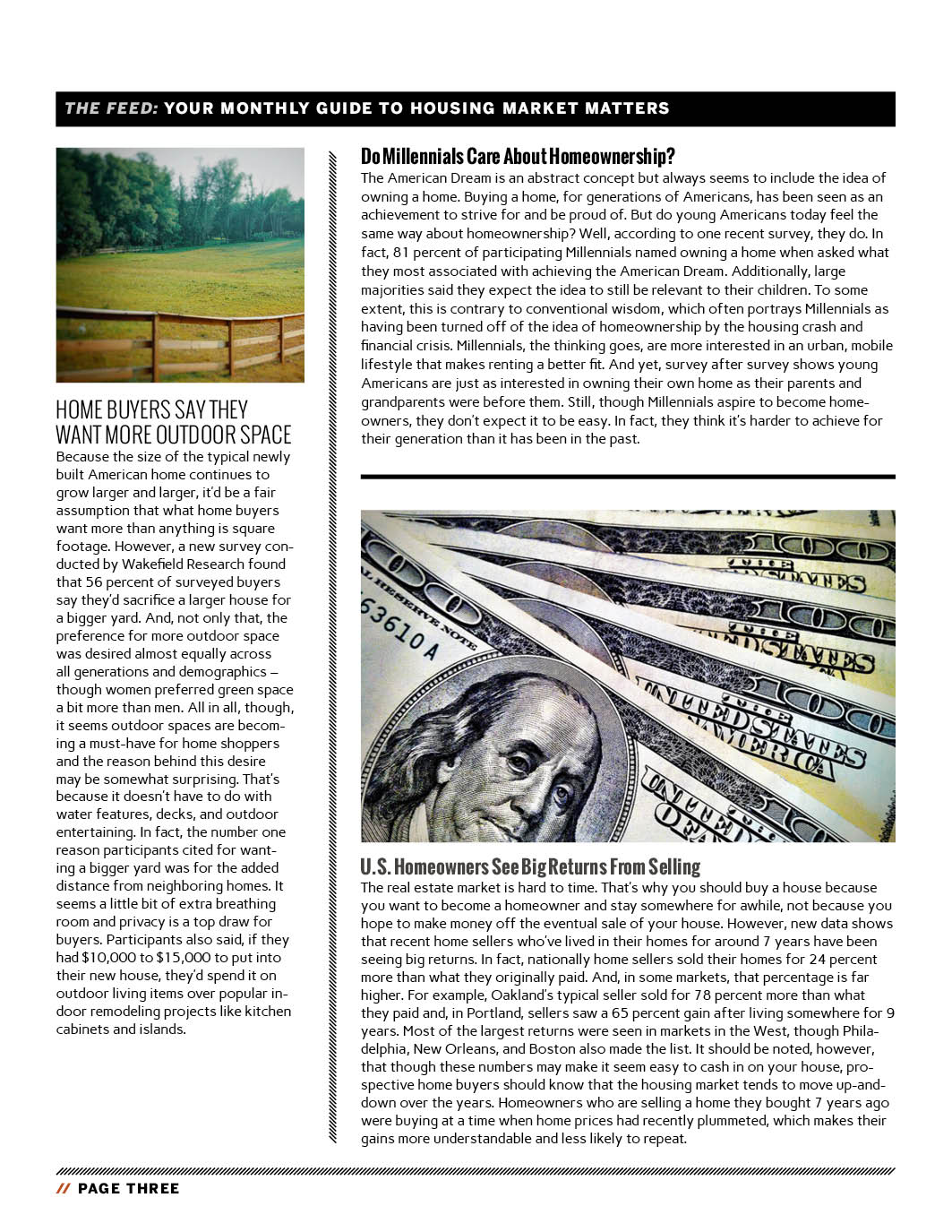


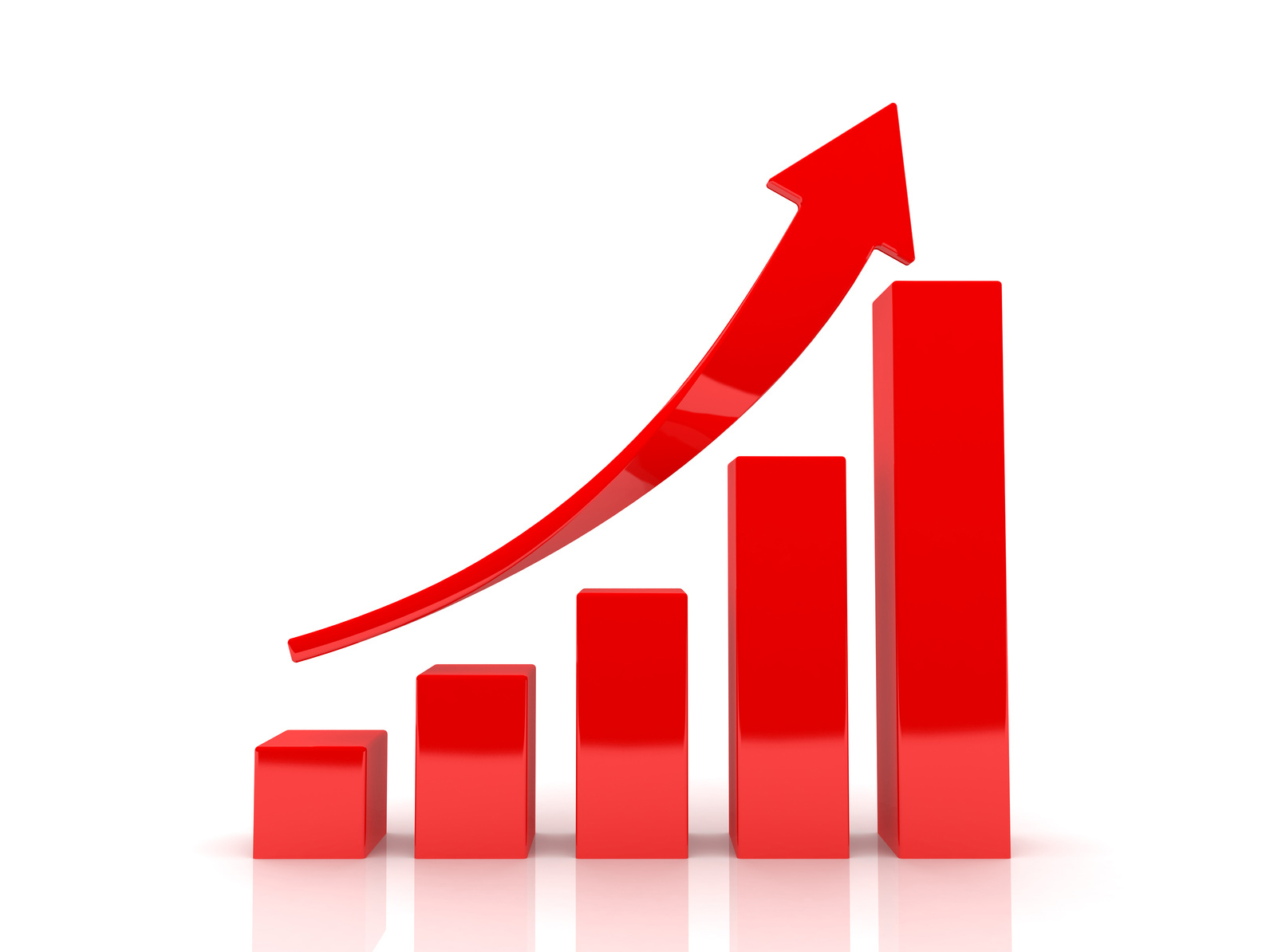

 Equity can be loosely defined as the value of your house minus how much you owe on the mortgage. Which means, as you make your monthly mortgage payments, you’re gaining a larger share of your home’s value. In addition, if your home’s price goes up, so does your equity. Ultimately, the more you have, the better. That’s why the numbers from ATTOM Data Solutions’ Q2 2017 U.S. Home Equity & Underwater Report are good news for homeowners. The report shows more than 14 million U.S. properties were equity rich, meaning their remaining mortgage amount was 50 percent or less than the estimated value of their house. That’s 320,000 more than the previous quarter and nearly 25 percent of all U.S. properties with a mortgage. Daren Blomquist, senior vice president at ATTOM, says there are a couple of reasons behind the improvement. “An increasing number of U.S. homeowners are amassing impressive stockpiles of home equity wealth, enjoying the benefits of rapidly rising home prices while staying conservative when it comes to cashing out on their equity – homeowners are staying in their homes nearly twice as long before selling as they were prior to the Great Recession, and the volume of home equity lines of credit are running about one-third of the level they were at during the last housing boom,” Blomquist says. More here.
Equity can be loosely defined as the value of your house minus how much you owe on the mortgage. Which means, as you make your monthly mortgage payments, you’re gaining a larger share of your home’s value. In addition, if your home’s price goes up, so does your equity. Ultimately, the more you have, the better. That’s why the numbers from ATTOM Data Solutions’ Q2 2017 U.S. Home Equity & Underwater Report are good news for homeowners. The report shows more than 14 million U.S. properties were equity rich, meaning their remaining mortgage amount was 50 percent or less than the estimated value of their house. That’s 320,000 more than the previous quarter and nearly 25 percent of all U.S. properties with a mortgage. Daren Blomquist, senior vice president at ATTOM, says there are a couple of reasons behind the improvement. “An increasing number of U.S. homeowners are amassing impressive stockpiles of home equity wealth, enjoying the benefits of rapidly rising home prices while staying conservative when it comes to cashing out on their equity – homeowners are staying in their homes nearly twice as long before selling as they were prior to the Great Recession, and the volume of home equity lines of credit are running about one-third of the level they were at during the last housing boom,” Blomquist says. More here.  Good landscape design can help you get a better price when it's time to move but will also help beautify your neighborhood and please your neighbors in the meantime. If you aren’t that handy in the garden, start with your lawn. A recent article from Freddie Mac lays out a number of tips to help you get started. Among them, good to first identify what type of grass you have. This will help you know what seed to buy if you need to fill any dead spots. You should also be careful not to cut your lawn too short or give it too much water. Grass needs a little length to help it absorb sunlight and maintain healthy roots. Too much watering can also damage roots and will cause more weeds to grow. Another tip is to be careful with fertilizers and pesticides. Break fertilizer applications up throughout the season rather than doing it all at once. And be careful with pesticides, as they may be more trouble than they're worth. According to the article, lawn issues are more likely going to be the result of water, weather and lawn mower damage than pests. Following these simple rules should help you achieve a greener and more luscious lawn. More here.
Good landscape design can help you get a better price when it's time to move but will also help beautify your neighborhood and please your neighbors in the meantime. If you aren’t that handy in the garden, start with your lawn. A recent article from Freddie Mac lays out a number of tips to help you get started. Among them, good to first identify what type of grass you have. This will help you know what seed to buy if you need to fill any dead spots. You should also be careful not to cut your lawn too short or give it too much water. Grass needs a little length to help it absorb sunlight and maintain healthy roots. Too much watering can also damage roots and will cause more weeds to grow. Another tip is to be careful with fertilizers and pesticides. Break fertilizer applications up throughout the season rather than doing it all at once. And be careful with pesticides, as they may be more trouble than they're worth. According to the article, lawn issues are more likely going to be the result of water, weather and lawn mower damage than pests. Following these simple rules should help you achieve a greener and more luscious lawn. More here.